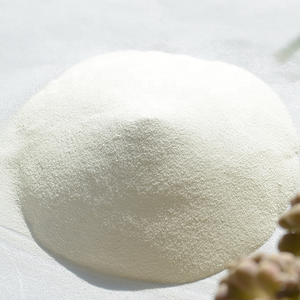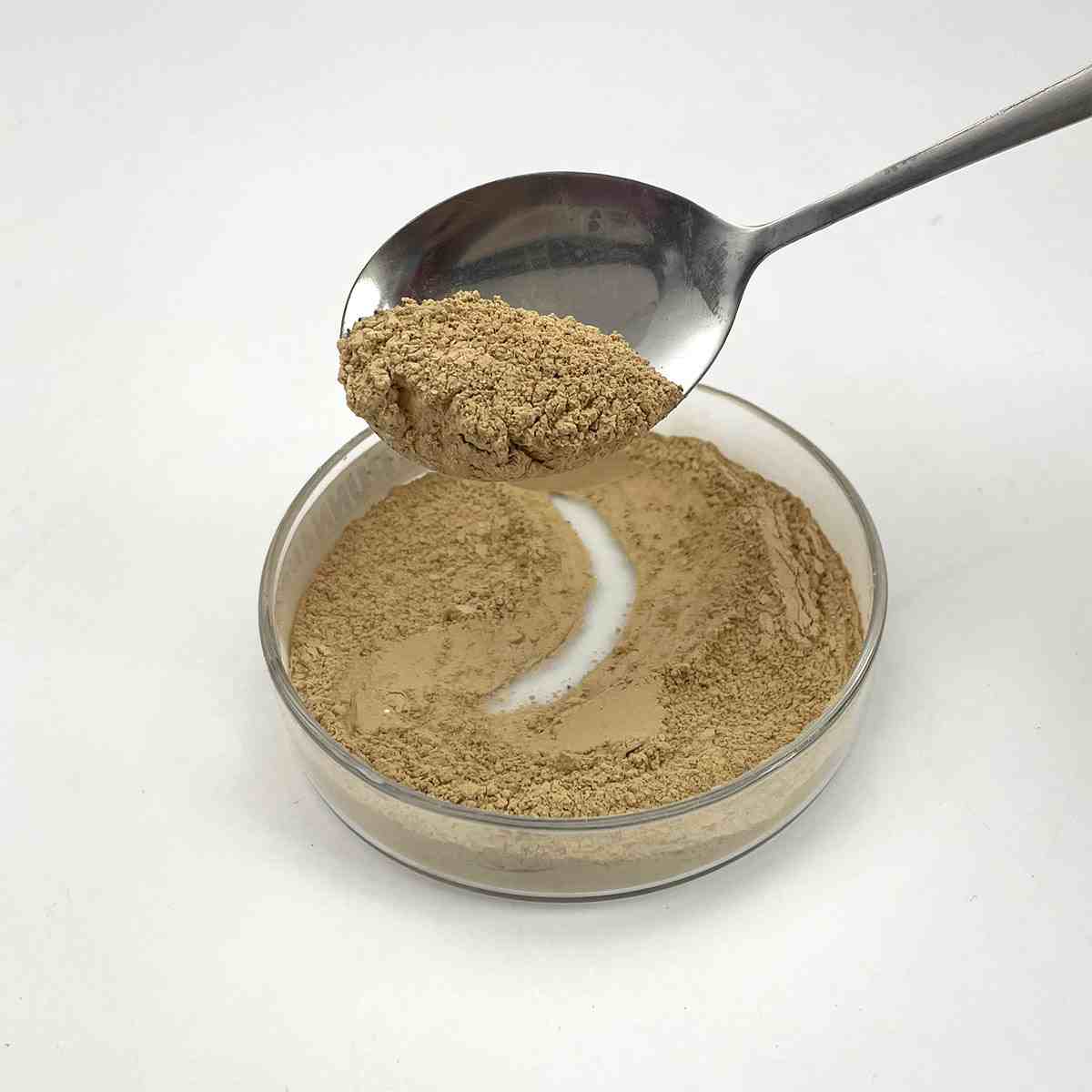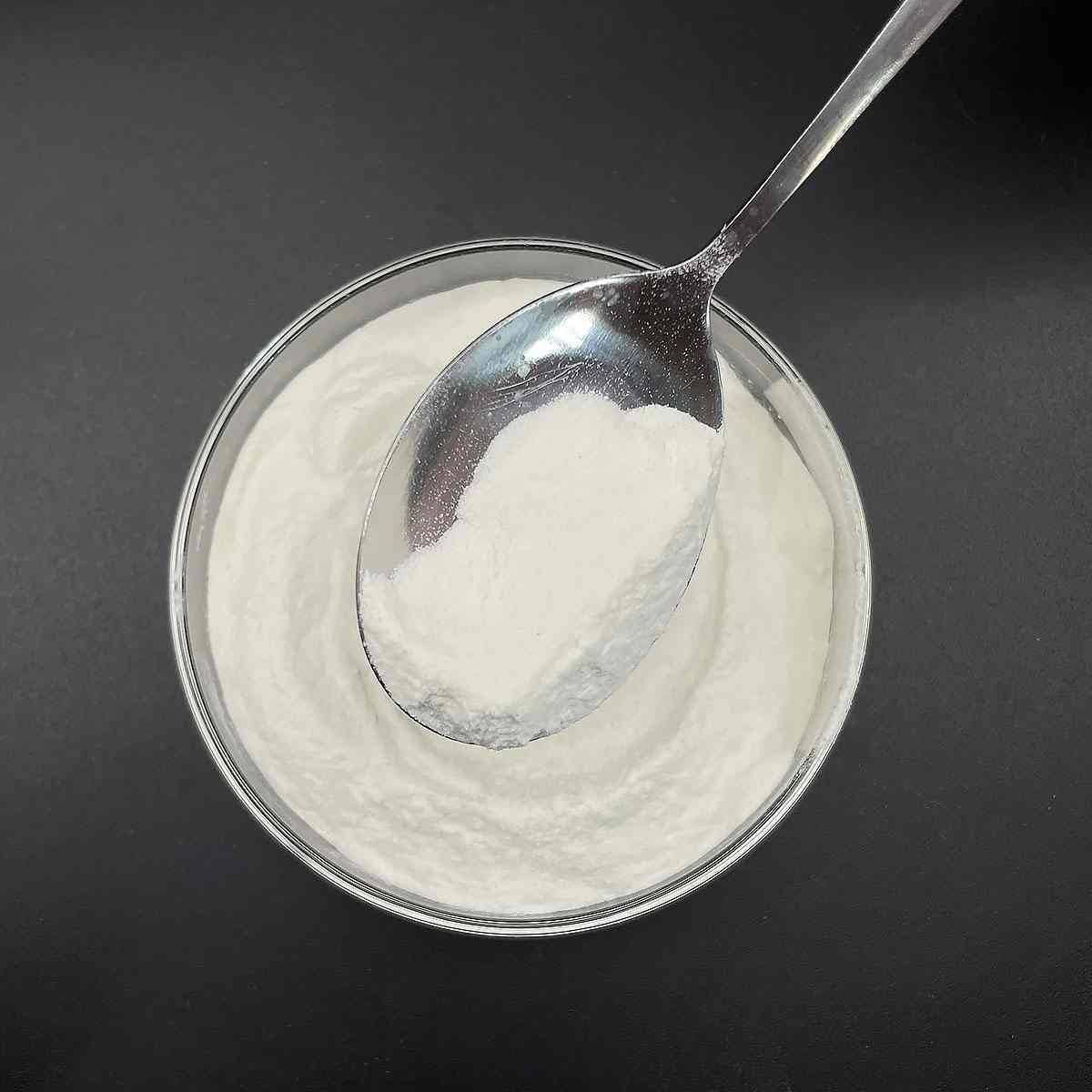1. A Surprising New Development in Surfactant Safety
Just 24 hours ago, the European Chemicals Agency (ECHA) announced a preliminary review of sodium lauryl sulfate (SLS) under its updated cosmetic ingredient safety guidelines, reigniting public interest in this widely used surfactant. While not a ban, the move signals growing scrutiny of common cleansing agents—making it the perfect time to understand what SLS really is and how it compares to alternatives like sodium laureth sulfate, cocamidopropyl betaine, and alkyl polyglucoside.

2. What Is Sodium Lauryl Sulfate?
Sodium lauryl sulfate (SLS), also known as sodium dodecyl sulfate or natrium lauryl sulfate, is a powerful anionic surfactant. The term ‘surfactant’—short for ‘surface-active agent’—refers to compounds that reduce surface tension between liquids or between a liquid and a solid. This property allows SLS to lift oil, grease, and dirt from surfaces, which is why it’s found in everything from shampoos and toothpaste to industrial cleaners.
Chemically, SLS is derived from lauryl alcohol (often sourced from coconut or palm kernel oil) and sulfuric acid, then neutralized with sodium hydroxide. You might see it labeled as ‘sls sodium lauryl sulfate,’ ‘na lauryl sulfate,’ or simply ‘lauryl sulfate’ on ingredient lists.
3. How SLS Compares to Other Common Surfactants
Not all surfactants are created equal. They fall into four main categories: anionic, cationic, non-ionic, and amphoteric. SLS is a classic example of an anionic surfactant—it carries a negative charge and is excellent at foaming and cleaning.
- Sodium laureth sulfate (also called sodium lauryl ether sulfate or sodium lauryl ether sulphate) is a milder, ethoxylated version of SLS. Often confused with SLS, it’s less irritating and commonly used in ‘SLS-free’ shampoos.
- Cocamidopropyl betaine (also labeled as coco betaine, amidopropyl betaine, or cocamido) is an amphoteric surfactant that works well with anionic types like SLS to boost foam and reduce irritation.
- Alkyl polyglucosides (like decyl glucoside and coco glucoside) are non-ionic, plant-derived surfactants considered gentler and more eco-friendly.
- Cationic surfactants like cetyl trimethyl ammonium bromide (CTAB) or cetyltrimethylammonium bromide carry a positive charge and are used in conditioners for their anti-static properties.
Other notable surfactants include sodium cocoyl isethionate, sodium lauroyl sarcosinate (a sarcosinate-based cleanser), and sodium coco sulfate—often marketed as ‘coco sodium sulfate’ in natural products.

4. Where You’ll Find SLS—and Why It’s Used
SLS is prized for its strong cleansing and foaming power. You’ll find it in:
- Toothpaste (for that foamy feel)
- Shampoos and body washes
- Laundry and dish detergents
- Industrial degreasers
- Herbicides and weed killers (as a surfactant for herbicides or lawn wetting agent to help active ingredients stick to waxy plant leaves)
In agriculture, SLS and similar surfactants like polysorbate 80, Span80, or lignin sulfonate act as wetting agents for grass, improving the spread and absorption of pesticides. Ethoxylated alcohols and fluoro surfactants are also used in high-performance formulations.
5. Safety, Myths, and Misconceptions
Despite viral claims, SLS is not carcinogenic. However, it can be irritating to skin and eyes—especially at high concentrations or with prolonged exposure. This is why many brands blend it with milder surfactants like cocamidopropyl betaine or switch to alternatives like sodium lauroyl methyl isethionate or sodium cocoyl glutamate.

It’s worth noting that ‘sls sulfate’ or ‘sls sodium laureth sulfate’ are misnomers—SLS and sodium laureth sulfate (laureth sulphate) are distinct chemicals. Confusing labeling like ‘sulphate laureth sulfate’ often adds to consumer uncertainty.
Bio surfactants—derived from microbes or plants—are gaining traction as sustainable options. Examples include rhamnolipids and sophorolipids, though they’re not yet cost-competitive with traditional options like SLS.
6. Popular Alternatives and Emerging Trends
As demand for gentler, eco-conscious products grows, formulators are turning to:
- Non-ionic surfactants like Pluronic 127 (poloxamer 188) and ethoxylated alcohols
- Anionic surfactants with better safety profiles, such as sodium dodecylbenzene sulfonate or ammonium lauryl sulfate (also called ammonium dodecyl sulfate)
- Natural-derived options like methylated seed oil (used in organic herbicide blends) or sodium deoxycholate
Companies like Rohit Surfactants Private Limited are expanding production of sodium lauryl sulfate for sale globally, while also investing in bio-based lines to meet green chemistry standards.
7. Should You Avoid SLS?
For most people, SLS in rinse-off products like shampoo or soap is safe when used as directed. Those with sensitive skin, eczema, or allergies may prefer products using amphoteric or non-ionic surfactants. Always check labels—’SLS-free’ doesn’t always mean ‘sulfate-free,’ as sodium laureth sulfate (a sulfate) is still commonly used.
If you’re mixing herbicides, adding a surfactant like SLS or a nonionic surfactant can improve efficacy—but always follow label instructions for the correct amount per gallon of water.
Conclusion
Sodium lauryl sulfate remains one of the most effective and widely used anionic surfactants in the world. While it has drawbacks—mainly potential irritation—it’s not the villain some claim. Understanding its role, how it differs from similar ingredients like sodium laureth or cocamidopropyl betaine, and knowing gentler alternatives empowers you to make informed choices—whether you’re picking a shampoo or formulating a weed killer.
Our Website founded on October 17, 2012, is a high-tech enterprise committed to the research and development, production, processing, sales and technical services of ceramic relative materials such as 7. Our products includes but not limited to Boron Carbide Ceramic Products, Boron Nitride Ceramic Products, Silicon Carbide Ceramic Products, Silicon Nitride Ceramic Products, Zirconium Dioxide Ceramic Products, etc. If you are interested, please feel free to contact us.


